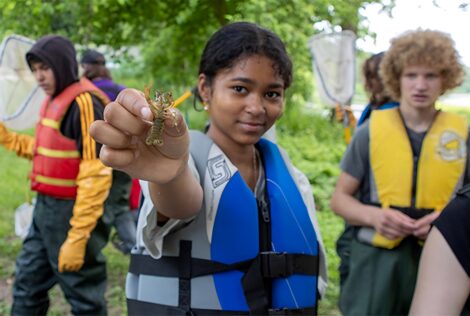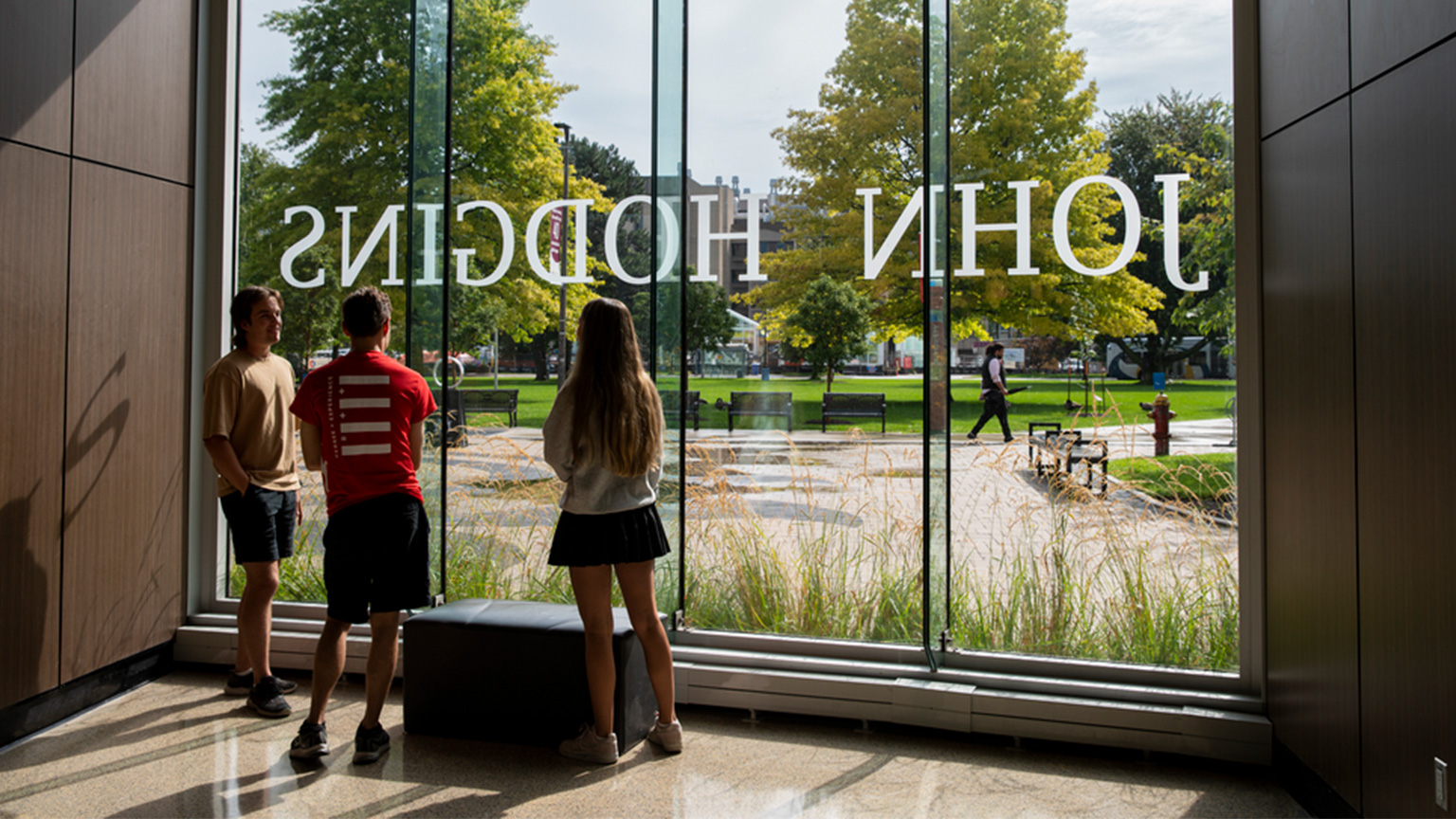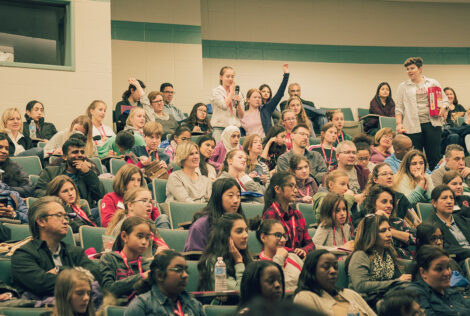

Yumna Irfan is a Level 3 Health, Engineering Science and Entrepreneurship (HESE) Student. She created frameworks and tools for elementary and middle school students to learn how to code and about STEM in a more engaging way. Yumna talks about how her experience in HESE helped prepare her for this opportunity.

What do you think makes the iBioMed program unique?
iBioMed is really unique because it truly integrates the health sciences with biomedical engineering, regardless of which stream you pick. What’s also really great is that the faculty takes the initiative to get feedback from students and tries its best to implement those changes to make the program even better.
What are you enjoying most about the HESE stream?
What I really enjoy about the HESE stream is the flexibility to explore different courses and out-of-the-school learning opportunities like conferences, hackathons, workshops, etc. It has allowed me to get hands-on experience and learn a myriad of different things that I wouldn’t otherwise.
What’s some advice you have for students / prospective students considering the HESE stream?
Some advice that I would give students considering the HESE stream is that there is a lot of potential for self-learning. You can sort of customize your degree, so take advantage of this opportunity and explore your different passions!
Tell us more about the workshop you’re designing and facilitating?
Recently, I developed a one weeklong design thinking and programming workshop for grade 6-8 students. I focused on some key aspects like how to interview the target audience, gather evidence, organize the collected information, build prototypes of proposed solutions and iterate this process. Their task was to help the grade 1 students with their math skills using technology, and they came up with many creative game ideas that they then programmed as well!
How did you create this opportunity?
This summer, I’m working as a research assistant in the Computing and Software department, where I help develop tools and deliver programming workshops to children. One of our projects involved helping middle school students integrate technology into the grade 1 math curriculum. We decided to teach them design thinking, a creative problem-solving process.
Describe “Design Thinking” and how this is used to solve problems and come up with solutions
I like to think of design thinking as a systematic problem solving process that inspires creativity and out-of-the-box solutions. When trying to solve a problem, most people try to jump the gun and come up with solutions without taking the time to properly define and research the problem. However, with design thinking, a huge portion of the process involves focusing on the end users and defining the right problems, thus enabling us to come up with useful and effective solutions.
What’s the most exciting part and most challenging part about design thinking?
The most exciting part of design thinking is the journey to the solution. In the beginning of the process, you barely understand the right problem, but at the end, you have a great solution that we could have never thought of at the start. The most challenging part of design thinking is being comfortable with ambiguity. When you start the process, you might have no idea where it’s going to take you, but you just have to go with the flow, anticipate the best and trust the process, in order to achieve the best outcome
Describe how you have used, adapted and implemented knowledge / skills learned in class?
IBEHS 2E06 was instrumental in helping me develop this workshop as I was teaching the skills and tools of design thinking. Interestingly, I’m also using the design thinking process to make this workshop. I get to teach the same workshop multiple times, so I keep modifying and improving it for every iteration. IBEHS 2E06 also contribute to the entrepreneurial mindset which reinforces the idea that entrepreneurs are innovators who find a problem that needs to be solved and bring their solution to market.
What are you most excited about for next year?
I’m really excited to see what the specific IBEHS courses have in store for us, specifically 3E03!


